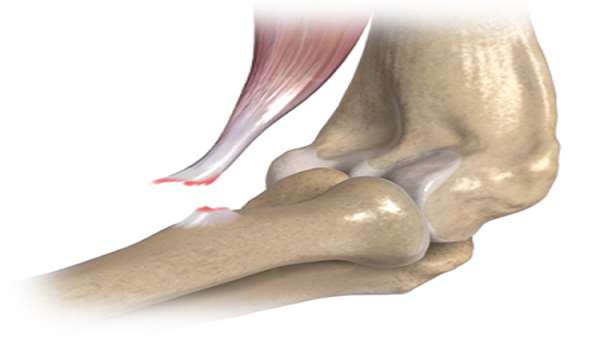Advances with platelet rich plasma therapies for tendon regeneration
PRPs can be used in the management of tendinopathy if we improve our understanding of pathophysiology and to integrate molecular knowledge about PRP participation in healing mechanisms.
PRPs can be used in the management of tendinopathy if we improve our understanding of pathophysiology and to integrate molecular knowledge about PRP participation in healing mechanisms. Areas covered: We provide new insights into the pathophysiology of tendinopathy, PRP therapies, and the potential links between both. We discuss the place of PRP in promoting tendon repair within what is currently understood regarding the role of PRP molecules in promoting tendon regeneration.
Expert opinion: Development of PRP treatments is challenging because a typical group of patients with tendinopathy does not exist, as it affects multiple segments of the population. Moreover, the pathophysiology and origin of pain are not elucidated yet. Although some degree of success has been achieved, PRP is not considered standard medical treatment, and it is largely not paid nor reimbursed by insurance companies.
However, the arguments for using PRP in tendinopathy are increasing, and its potential to rebalance inflammation merits further research. Moreover, PRP contains tendoinductive factors that can drive the fate of stem cells. Tailoring PRPs to the specific needs of the host tendon has not been possible to date, because unanswered questions remain about the characteristics of tendinopathy within the different stages of progression.
Reference: http://www.tandfonline.com/doi/abs/10.1080/14712598.2018.1424626?journalCode=iebt20





ارسال به دوستان